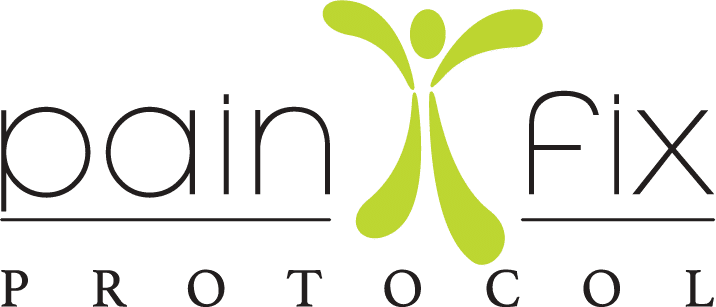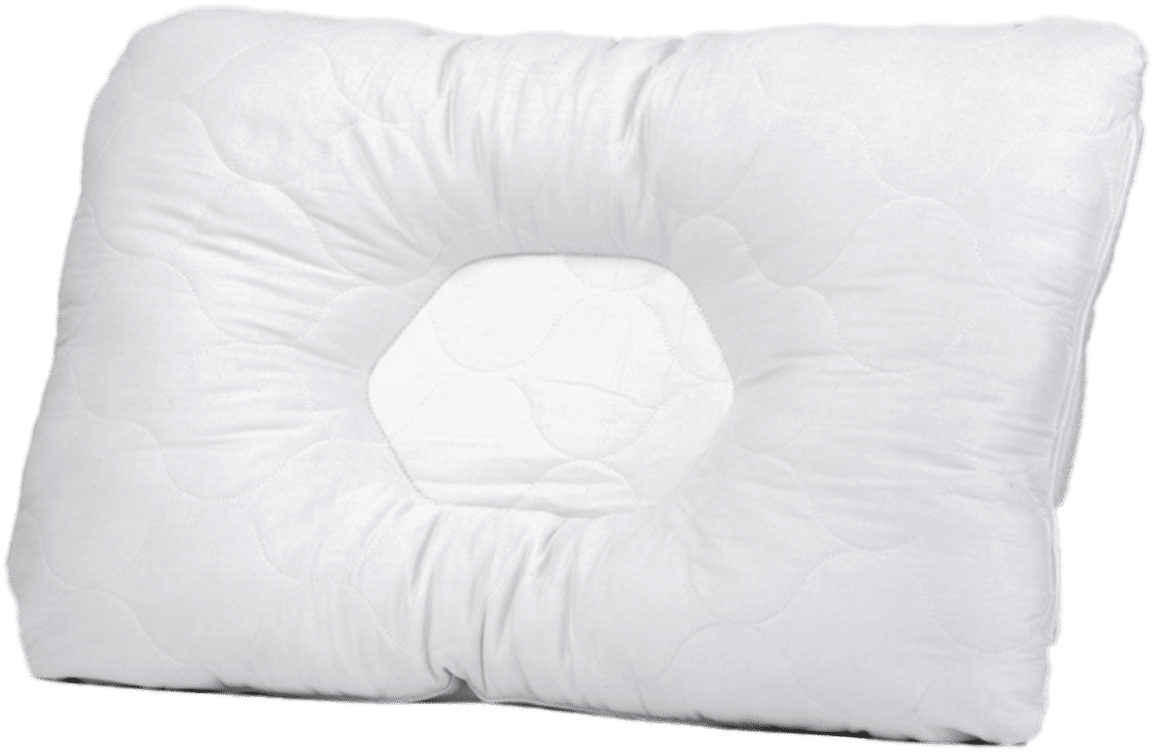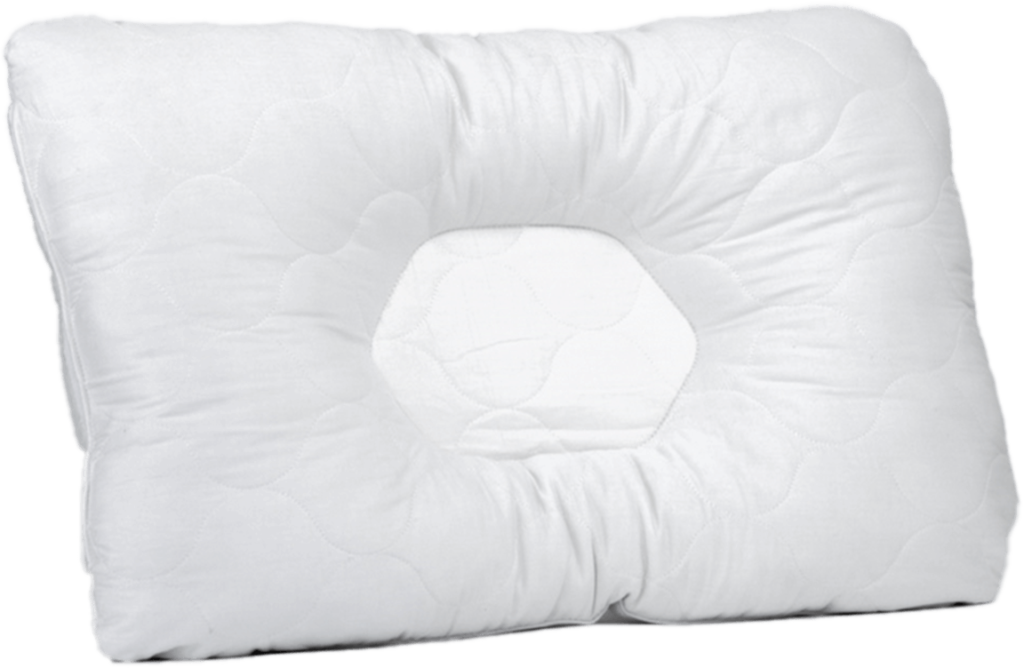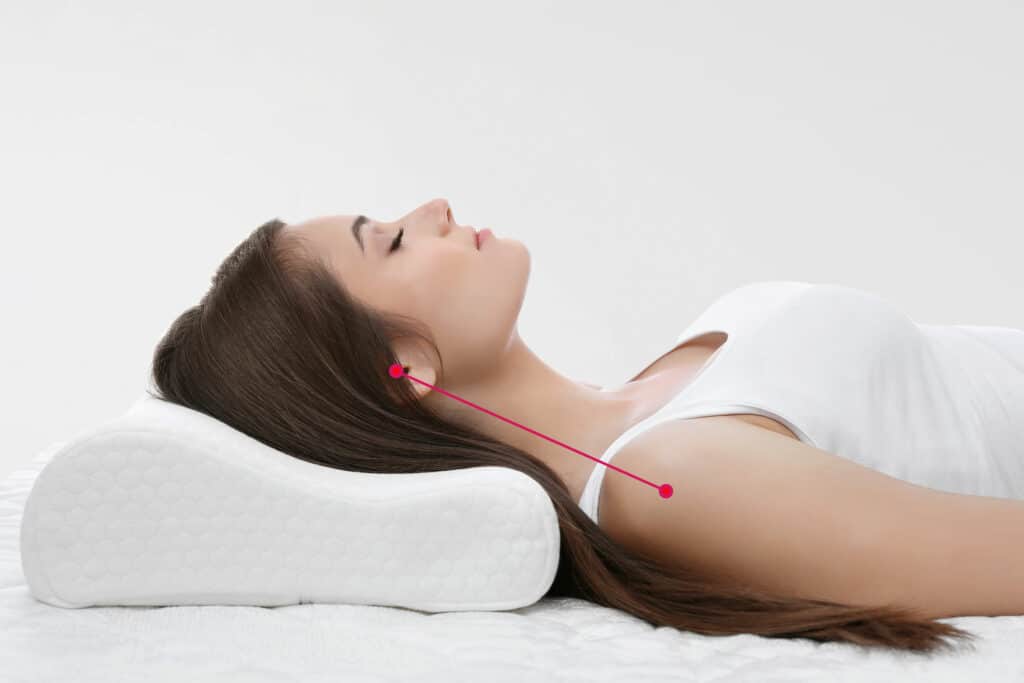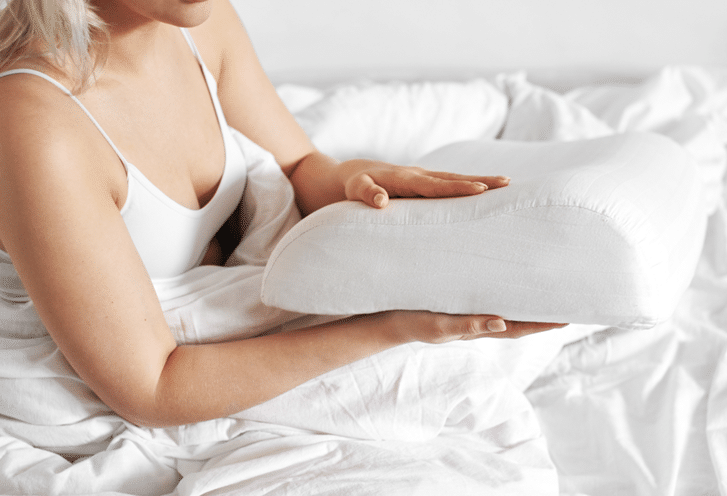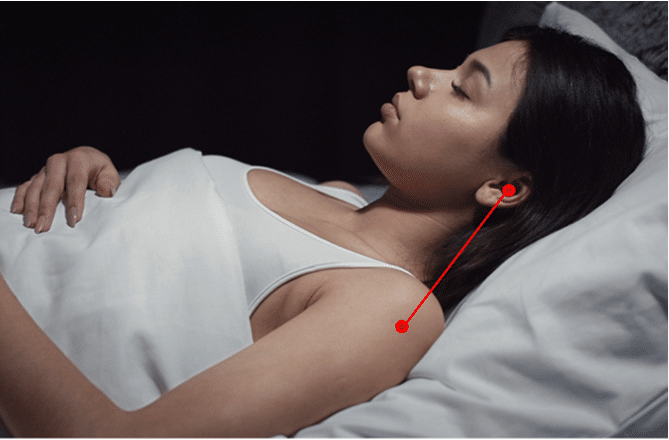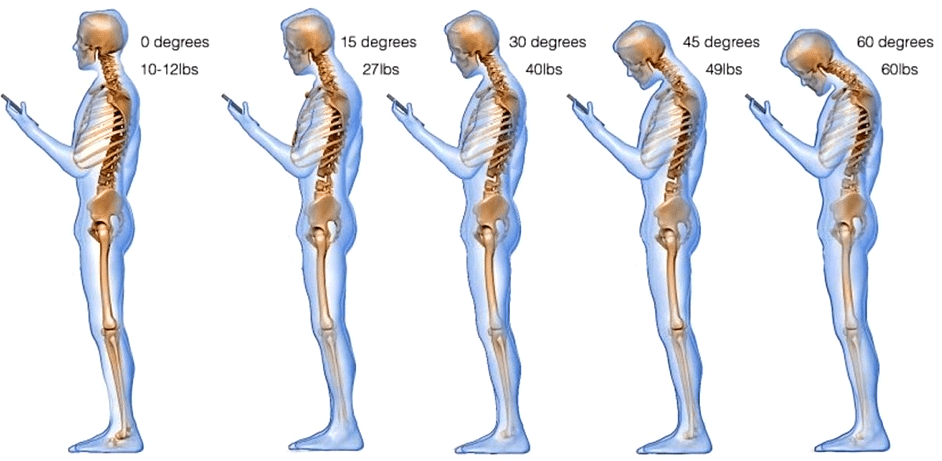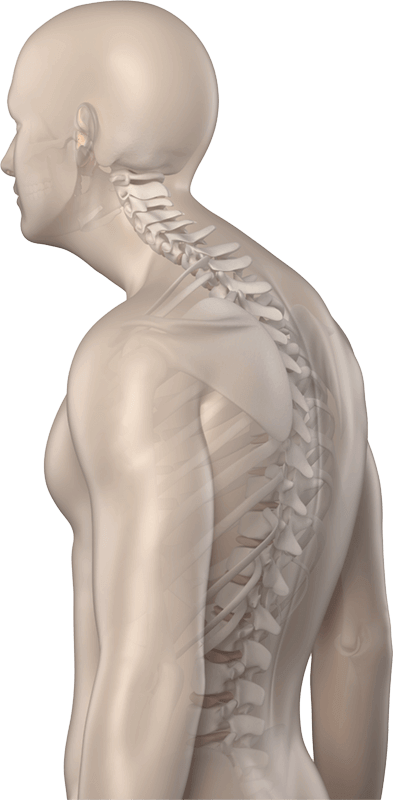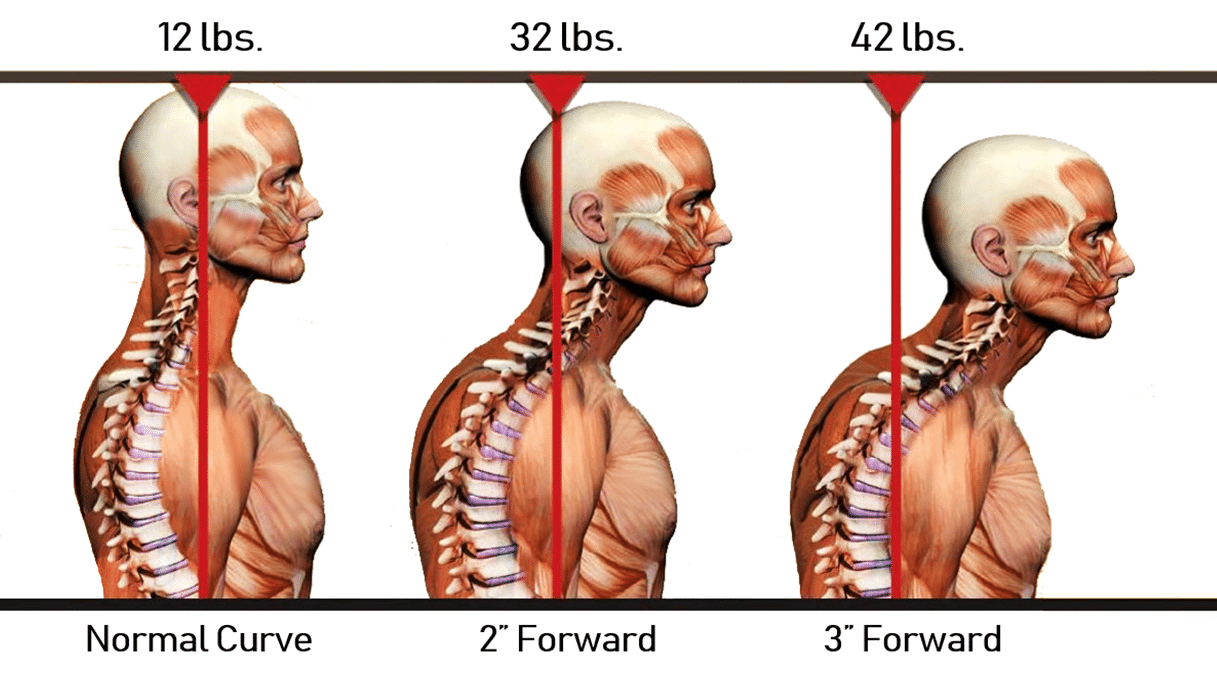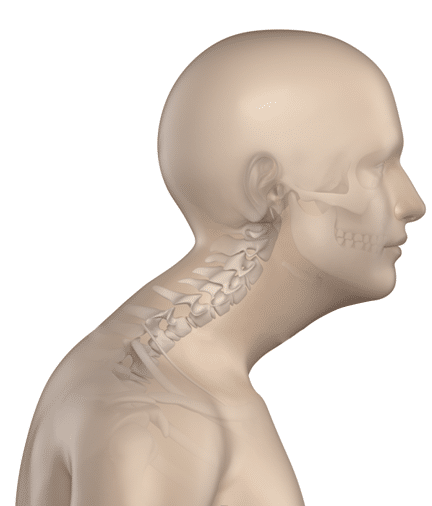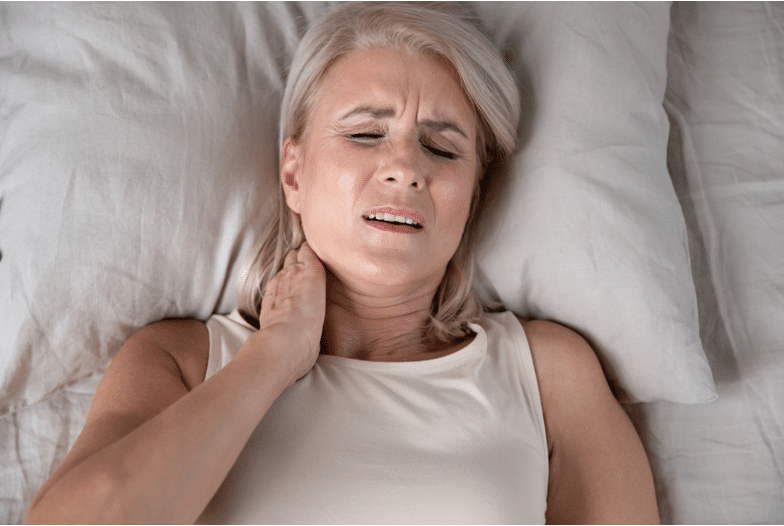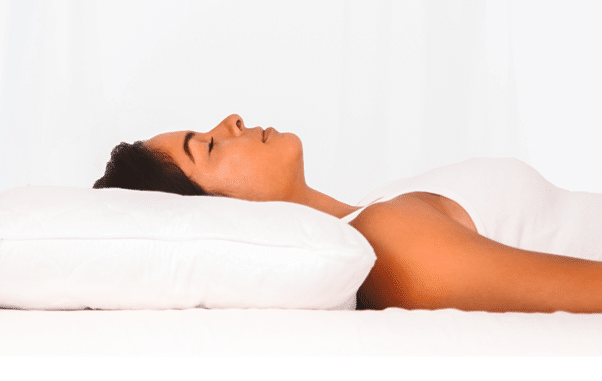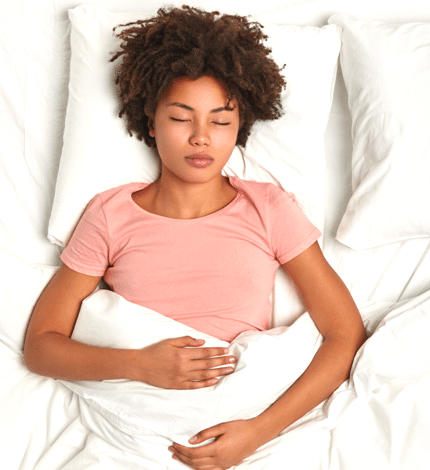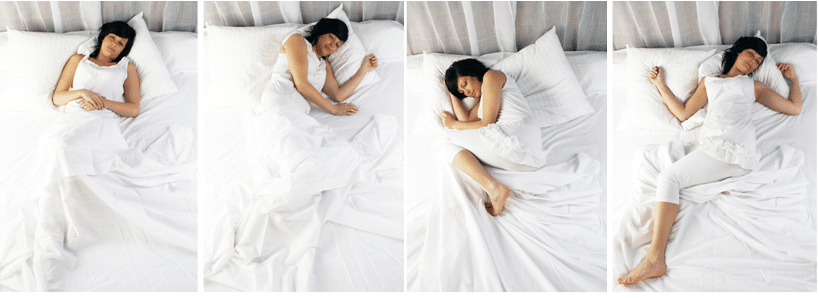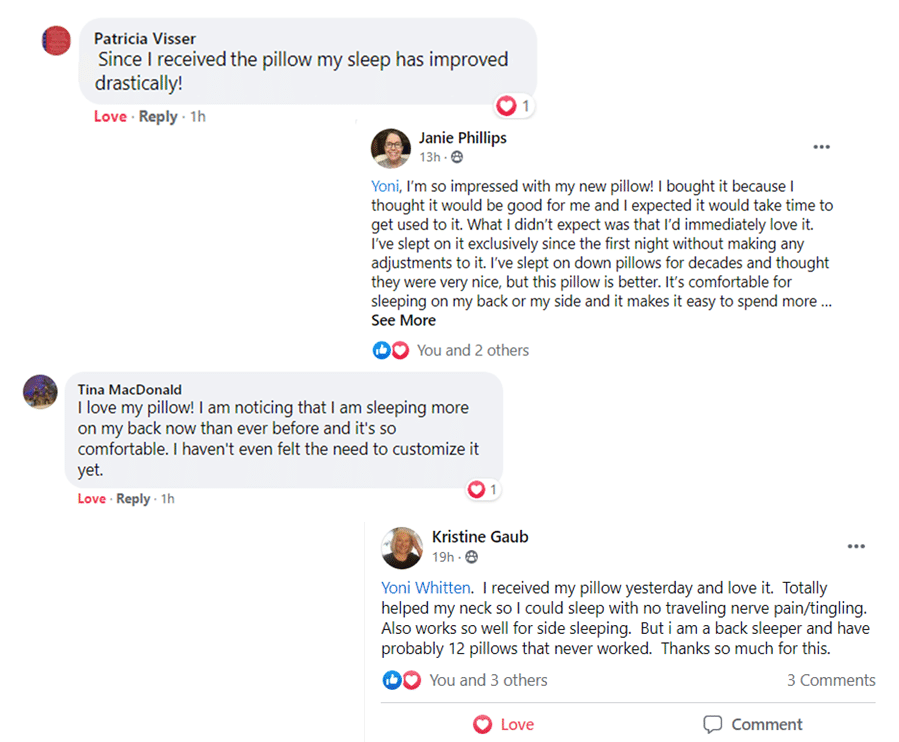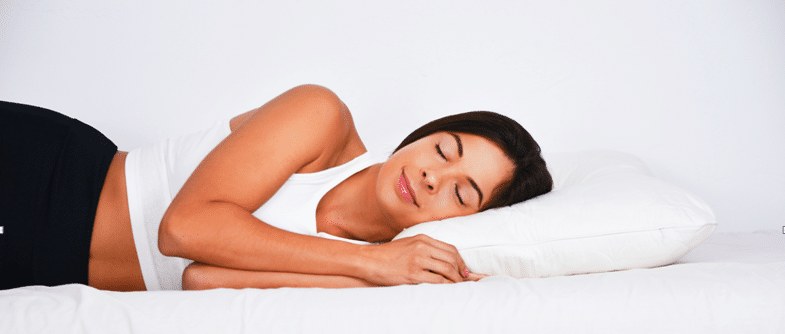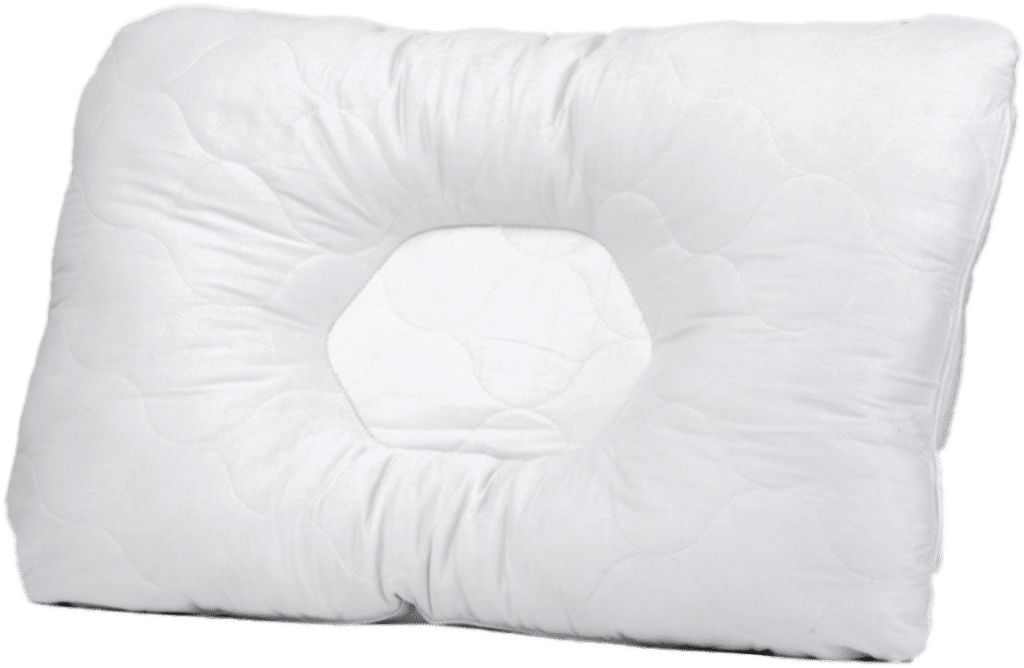4. One Size DOES NOT Fit All
People are individuals and they come in all shapes and sizes. Some people have long necks and some have shorter necks. Some people have advanced Posture Prolapse and need to get the normal curve back in their neck and some still have some of the natural curve . The needs for support vary tremendously from person to the next and the only way to to adequately address those needs is with an adjustable pillow, custom fit for that individual.
Researchers concluded that positioning the head & neck into extension with a custom-fitted cervical pillow offered “a simple, noninvasive, and comfortable means of reducing sleep-disordered breathing” in people with Obstructive Sleep Apnea. [8]
To realize the benefits though, the pillow has got to be set up just right and customized for the needs of the individual.
